About Ryan Whitwam
Ryan is a tech/science writer, skeptic, lover of all things electronic, and Android fan. In his spare time he reads golden-age sci-fi and sleeps, but rarely at the same time. His wife tolerates him as few would. He's the author of a sci-fi novel called The Crooked City, which is available on Amazon and Google Play.
Latest Articles
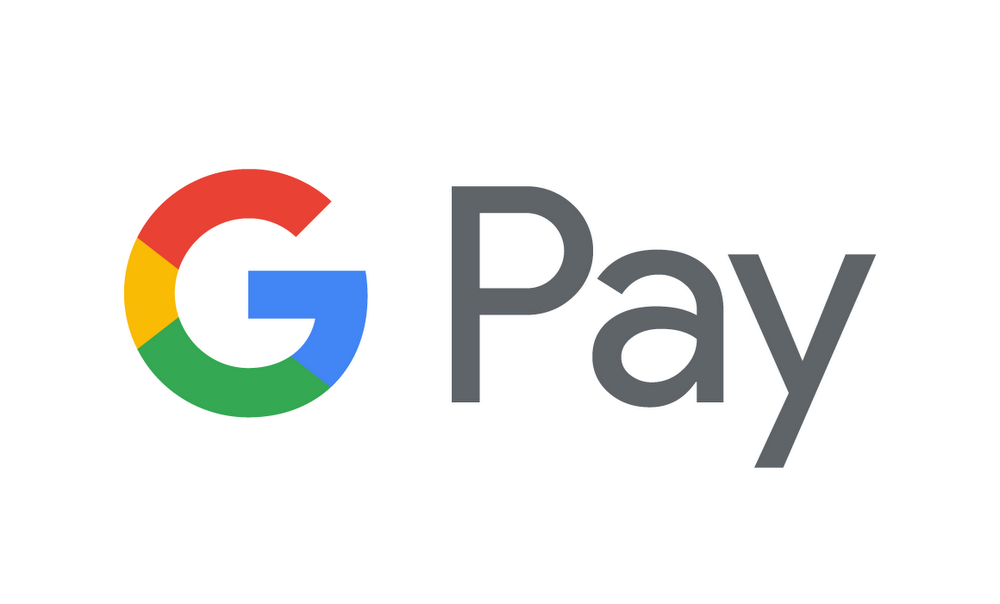
Confirmed: Google Pay works on Android P DP2, but only if you don't unlock the bootloader

NFC payments on Android used to be very much free for all, but the company increasingly clamped down as Android Pay (and now Google Pay) rolled out. When a device doesn't pass SafetyNet because of modifications or even an unlocked bootloader, you can't make NFC payments. That was a problem with the first Android P developer preview, but the newly released DP2 does allow you to use Google Pay. Well, in some instances.
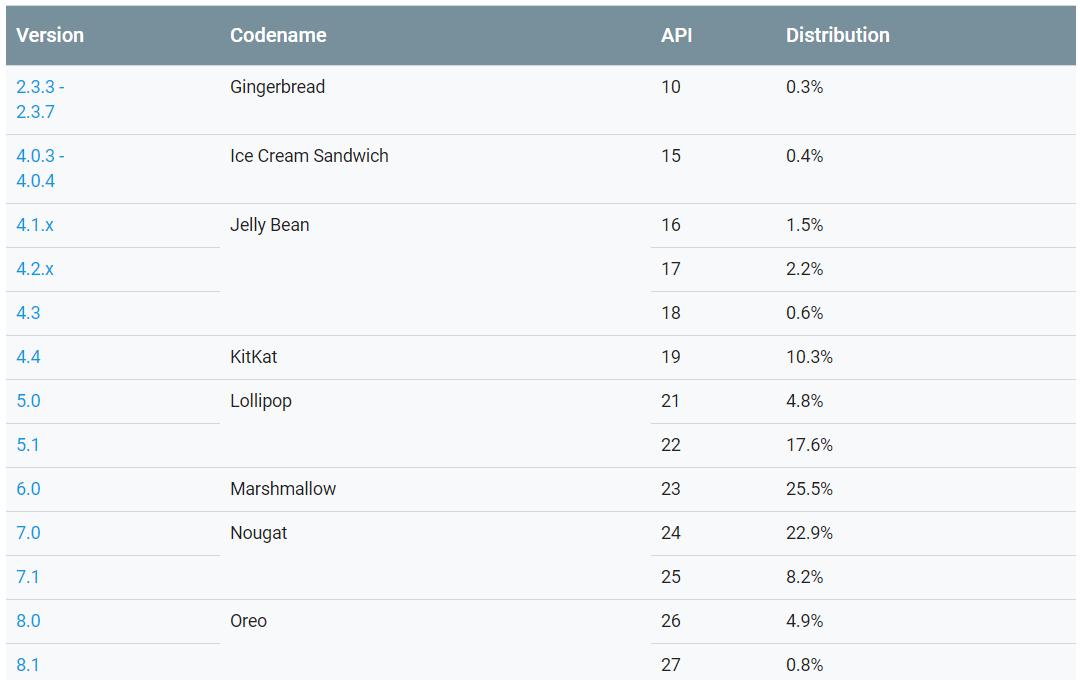
The big news today is all from Google I/O today, but that's not all we have to talk about. The developer dashboard has also gotten an update with new platform distribution numbers. So, Oreo is huge now, right? No, it's at a modest 5.7% usage share. That's up from just under 5% last time. That's behind Nougat's pace last year.
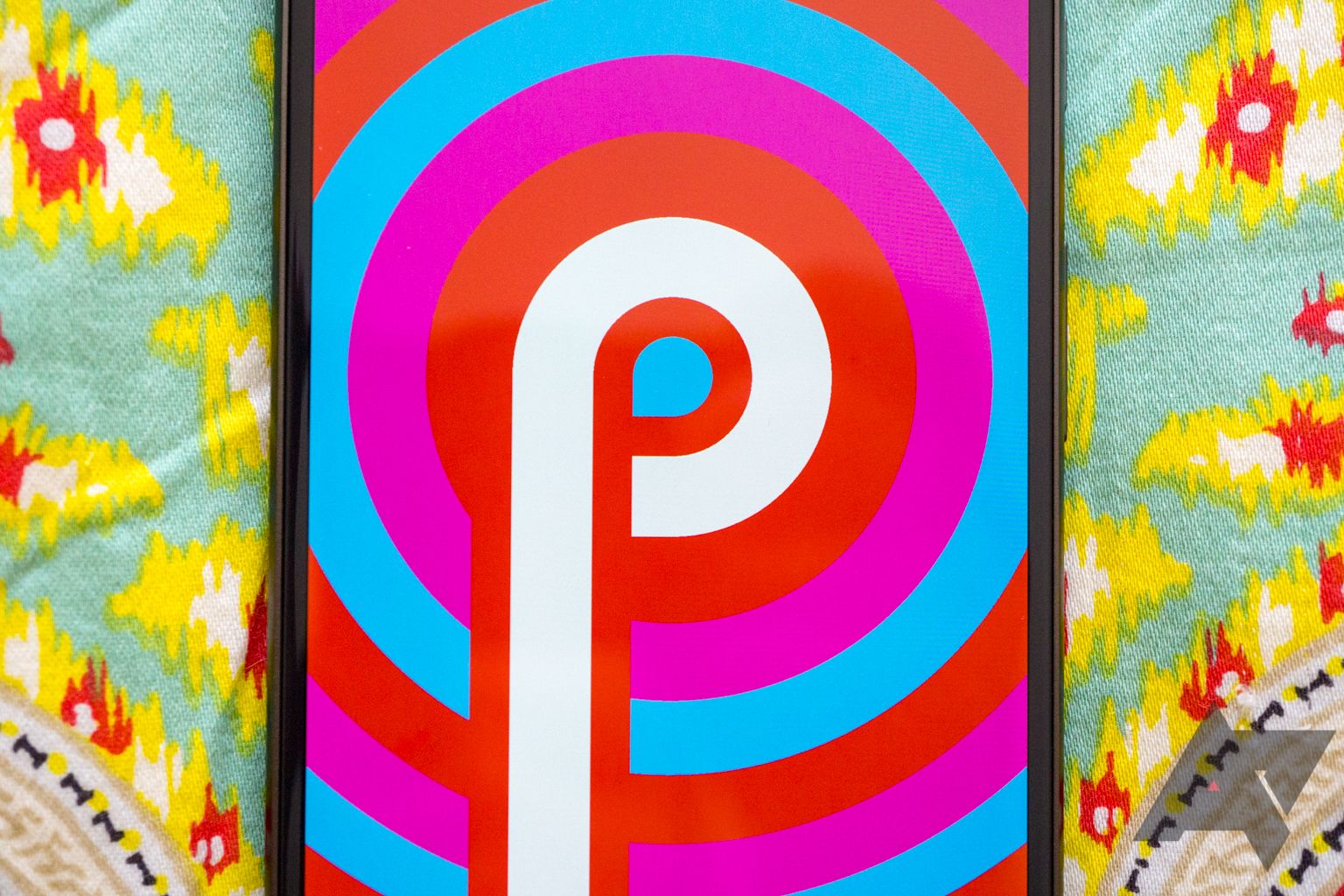
Google announced the launch of Android P as a beta at I/O, but you don't have to go through the OTA beta program to get the latest developer preview. The system images are available for download, ready for flashing on your unlocked device. You still need one of the supported Google devices to install the system image for developer preview 2, though.
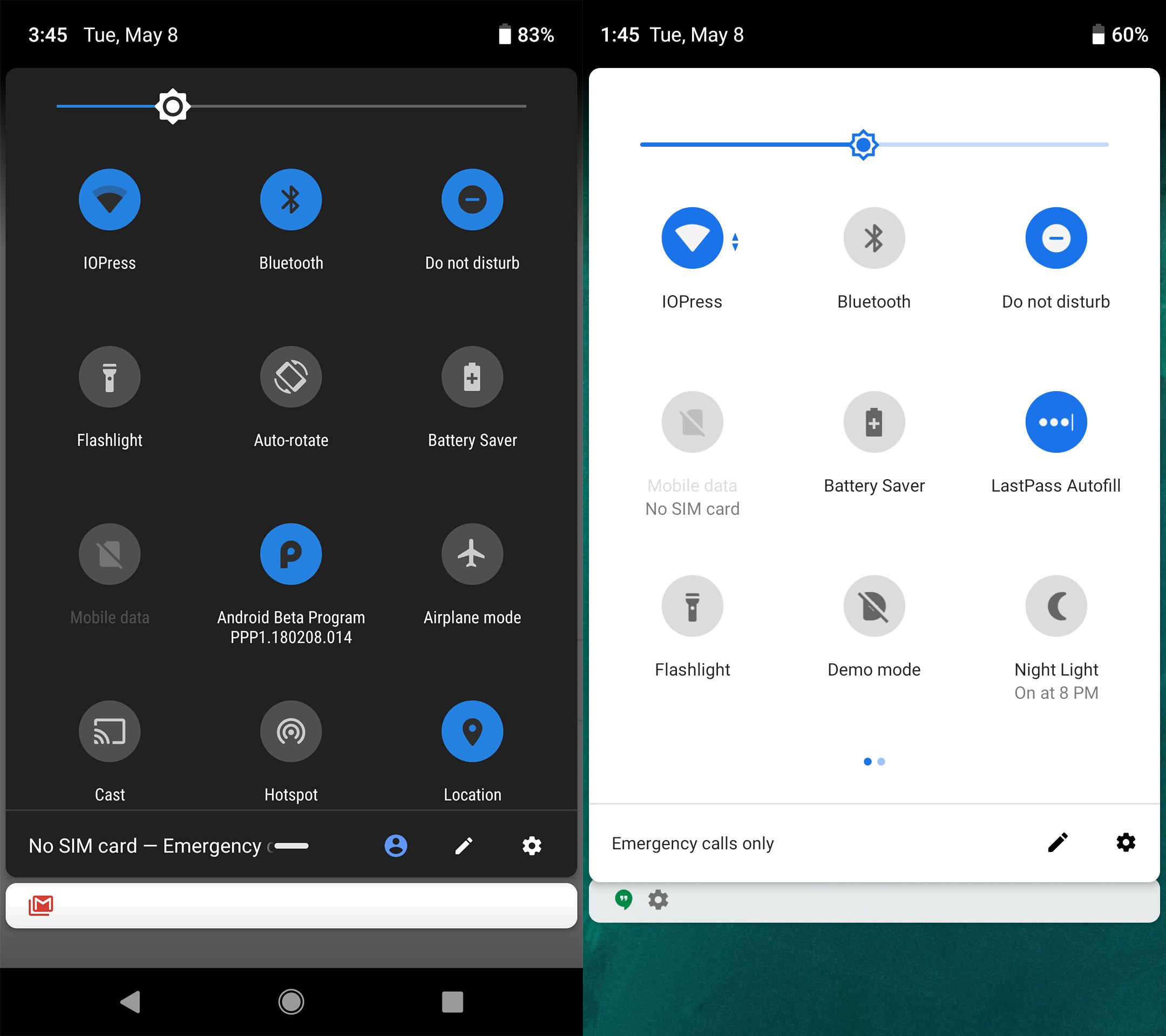
Google makes a lot of changes over the course of a developer preview, and sometimes those changes end up reverted before the final release. That may be the case for the quick settings, which changed a lot in DP1. No, not the overall style, which is still very different than Oreo. The layout in DP2 (above right) has, however, returned to the paginated version.
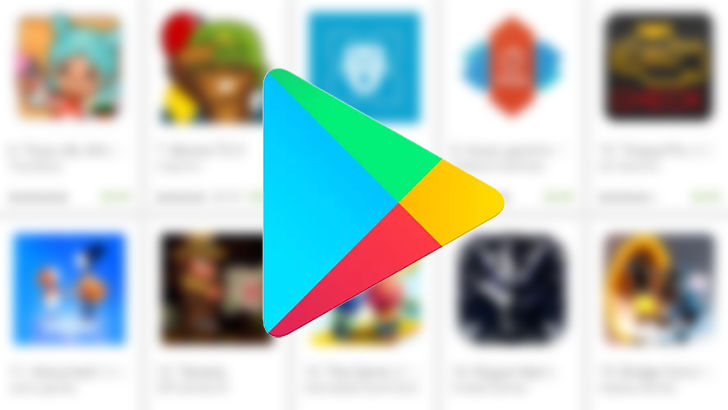
Google has issued an update to how developers use the Play Store to test apps. There aren't as many options, but the entire setup is simpler. You've got internal tests, closed alpha, and open beta. That's it.
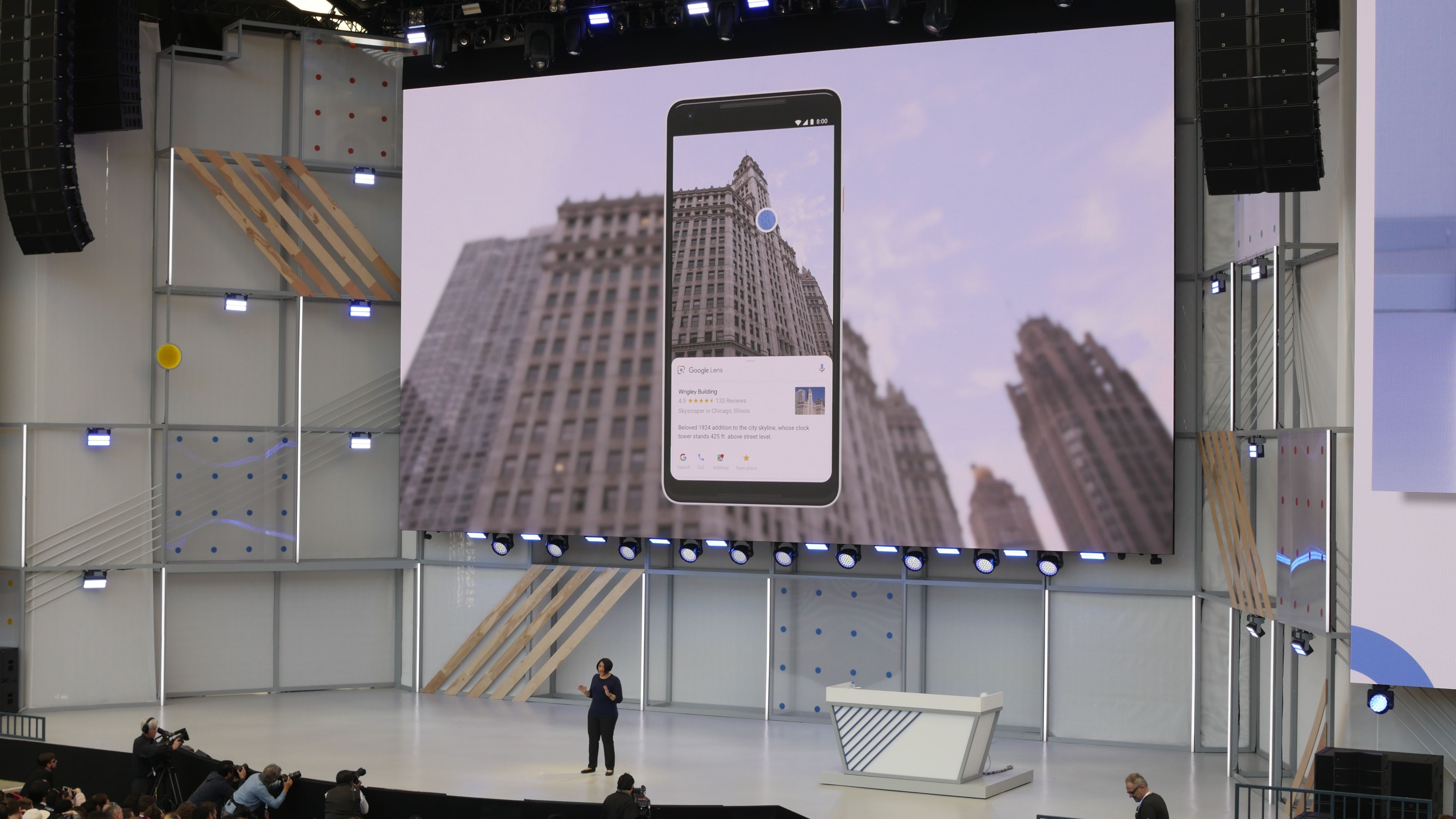
Google is going big on machine learning at this year's I/O—much of the keynote was about Assistant and Lens, both of which leverage neural networks to make magic happen on your phone. Now, Lens will be faster to use because it'll be right there in your camera app. This is coming to Google's phones, of course, but that's not all. Devices from Sony, Motorola, and others will also have Lens in the camera.
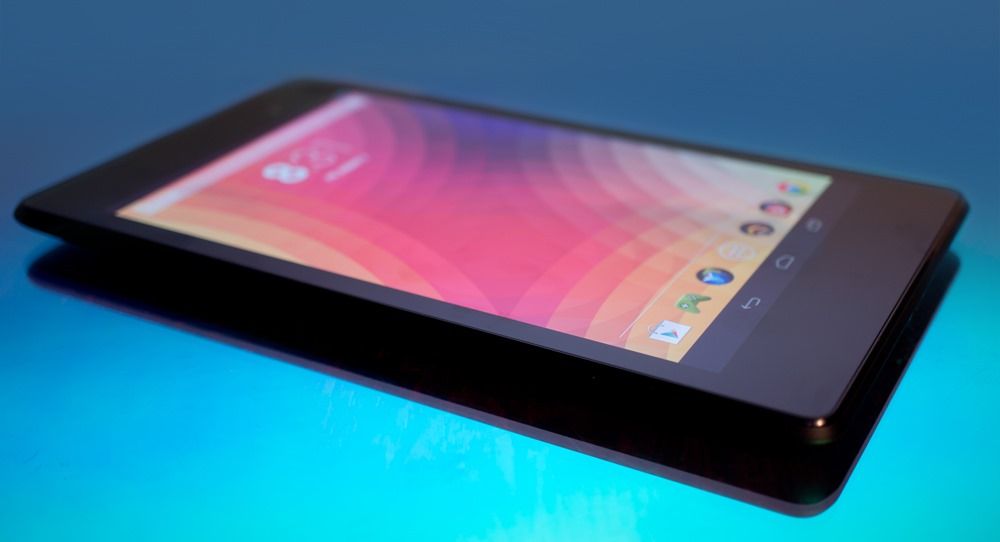
The year was 2010, and Apple made good on the rumor mill's predictions when it unveiled the iPad. This device was, essentially, a bigger iPhone without the phone part. It turns out that consumers were into that sort of thing, and the first modern tablet sold in huge numbers. Not to be outdone, Android OEMs began launching Android-powered slates. For a time, it seemed like Android tablets would be a thing, but sales slumped, and most current Android tablets are ultra-low-cost junk. With the benefit of hindsight, it's easy to see how we got here.
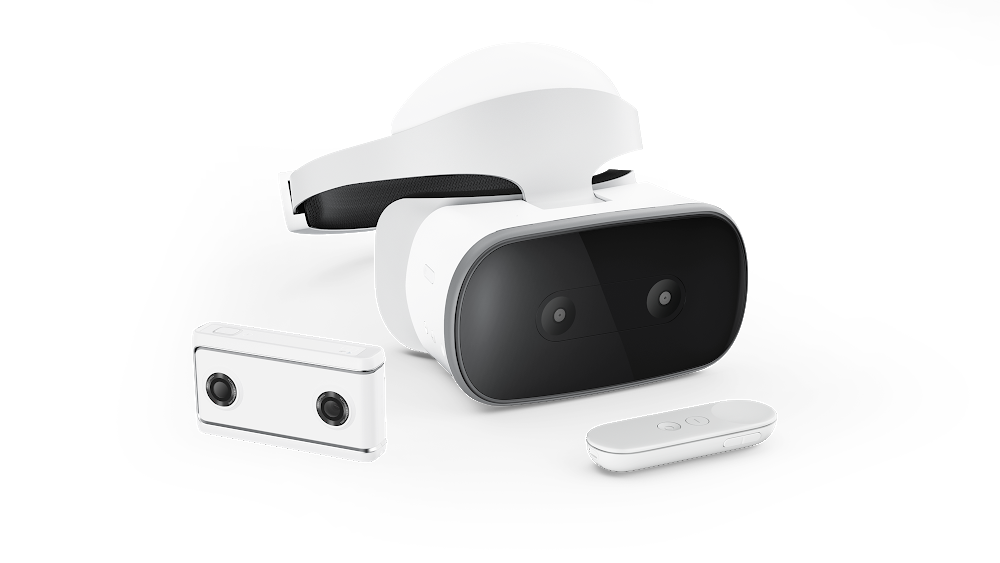
There are a handful of phones that support Google Daydream, but it's still far from a universal feature on Android devices. Now, you don't even need a phone. The previously announced Lenovo Mirage Solo is available, but it's not cheap. Also in the "not cheap but available" category is the Lenovo Mirage Camera, the first camera for Google's VR180 platform.The Lenovo Mirage Solo has access to all the same Daydream content as your phone, but it's got all the necessary hardware inside to handle the VR. That includes a QHD display and a Snapdragon 835 SoC. Google also notes that it has advanced positional tracking that's more like desktop VR. Thus, you can lean, duck, and walk in VR. Although, you should probably not walk—that's dangerous in VR.Lenovo is asking $400 for the Mirage Solo, which seems like way too much money. The Oculus Go just launched at half that price. Even if the hardware is more ambitious, Daydream doesn't have the same level of software support. Google says there are about 350 games for Daydream, but Oculus claimed 1,000 the other day.The new Lenovo Mirage Camera isn't cheap, either. This device will cost you $300, but it's the first VR180 camera you can get. The photos and videos you capture with this camera work in VR and are automatically added to your Google Photos library.Both devices are available from various retailers. Here's where you can find them right now.Lenovo Mirage Solo
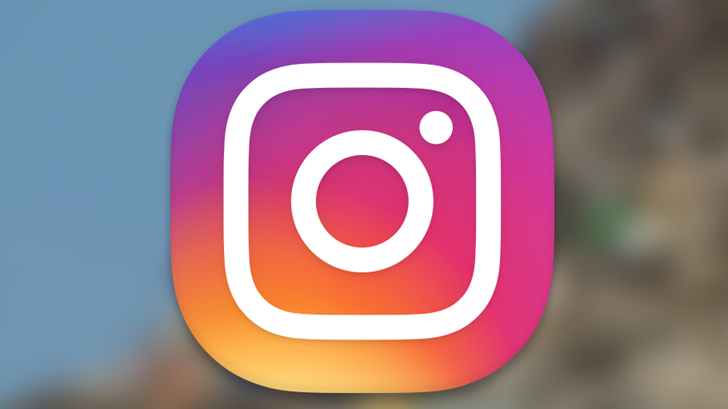
Instagram usually makes a big deal about new features, even when they're minor. Yet, it hasn't said a word about its new payments feature, which appears to be rolling out widely in the US. Just head to your Instagram settings, and you'll probably see a new option to add a credit or debit card. There's not much you can buy with it yet, but the possibilities are almost endless.
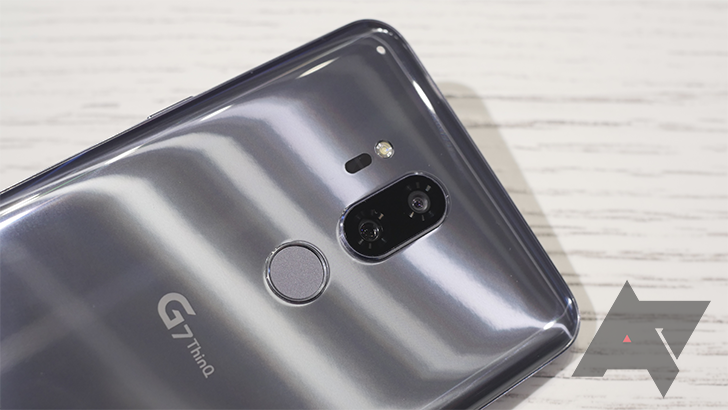
The G7 ThinQ leaked in great detail before the announcement, but LG just got around to unveiling the device yesterday. As is tradition, we started to hear from carriers about launch plans in short order, but one was missing: AT&T. Now we know why. Apparently, AT&T doesn't intend to sell the G7 at all. Instead, it'll launch a different LG phone later.
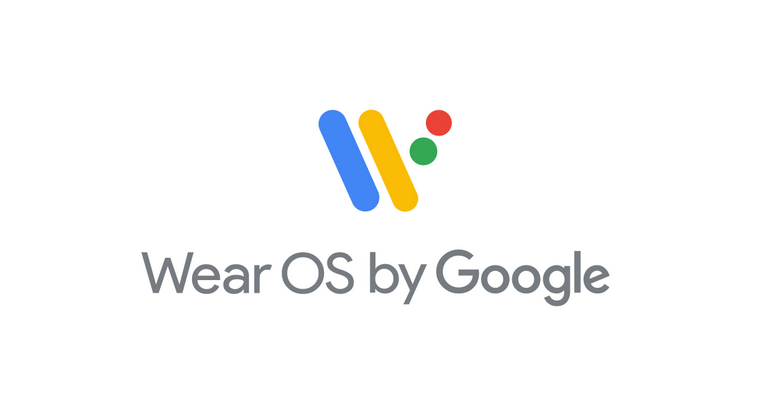
Google ignored Android Wear for a long time, but now it's got a new name and some new features. The next step in Google's quest to keep Wear OS from dying is to enhance Assistant. In the coming days, you'll be able to access more Assistant Actions and get contextual suggestions when you interact with the watch. It'll also talk, at least sometimes.
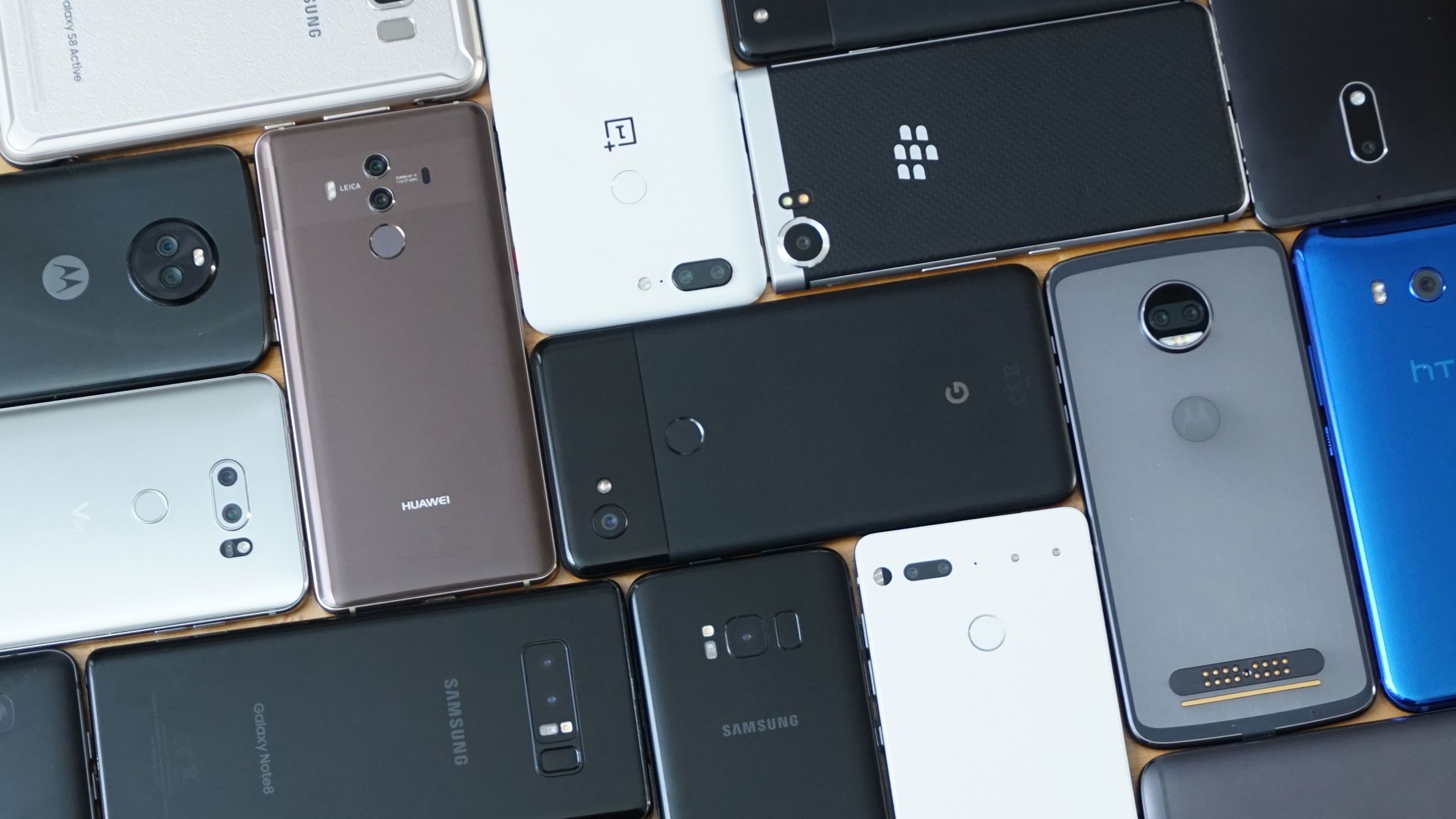
Smartphone shipments in Q1 2018 show an overall drop but big gains for Huawei and Xiaomi

New data from International Data Corporation (IDC) suggests consumers are buying fewer phones, but several companies still saw substantial increases in shipments last quarter. IDC blames the slowdown on the increasing price of flagship phones and the lack of new smartphone users. Still, the decline wasn't huge and we're still talking about shipments of 334.3 million in the first quarter. That's 2.9% lower than Q1 2017.
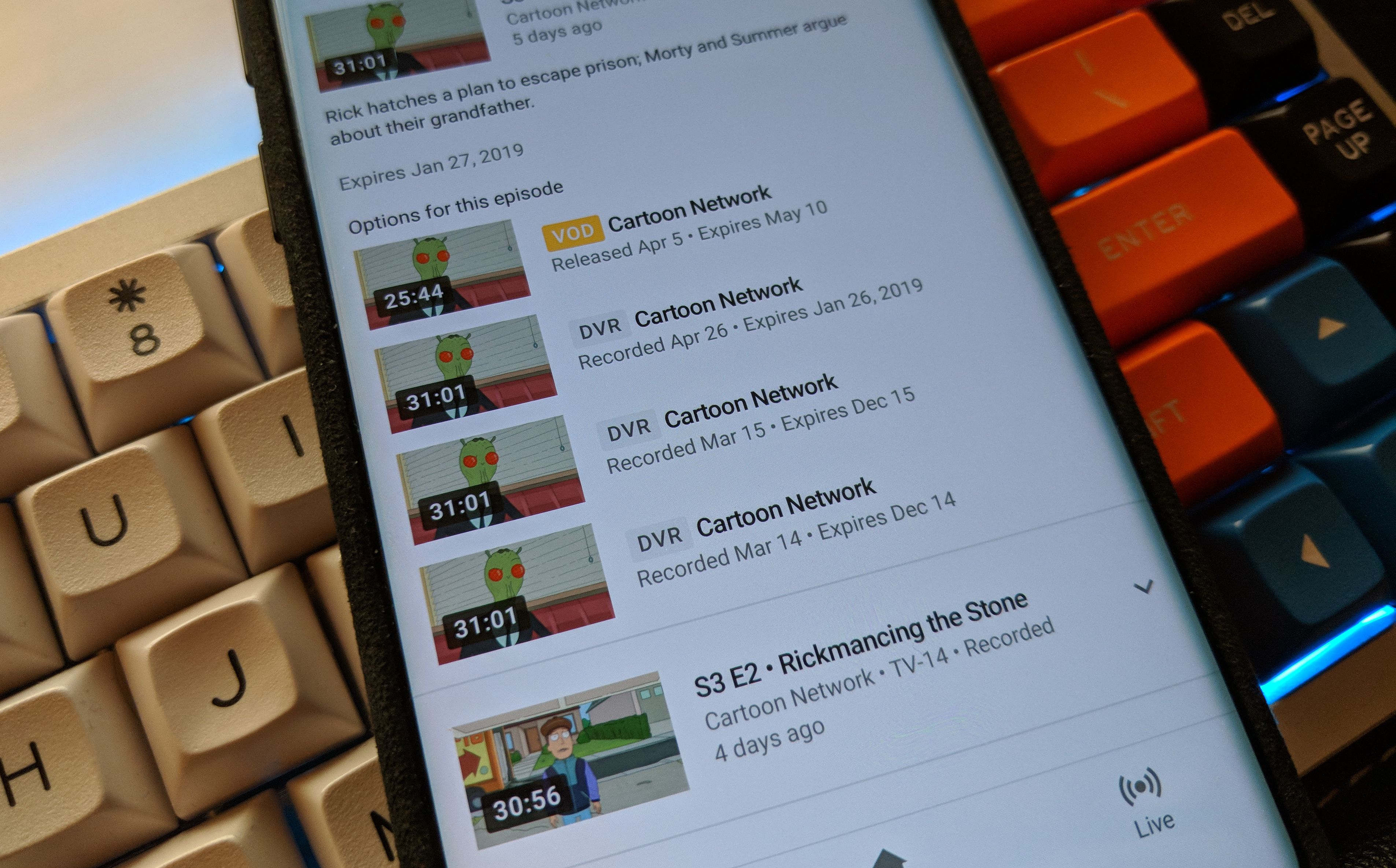
YouTube TV finally lets you choose between DVR and VOD versions of your saved content

Google advertises YouTube TV with unlimited cloud DVR storage space, but it's not like that matters. More often than not, YouTube TV swaps out your "recorded" shows for the video-on-demand (VOD) version with unskippable ads. It's easily the most annoying thing about YouTube TV, but that's finally starting to change. Some channels now let you choose between different versions of your saved content.

Phones are big these days, and that can make UI elements at the top of your screen hard to reach. Thus, apps are increasingly going for the bottom navigation tabs. Even some Google apps are all over the bottom tabs. Now, Twitter appears to be testing a bottom nav UI. We've seen several reports, but it seems there's no way to trigger the UI yourself.
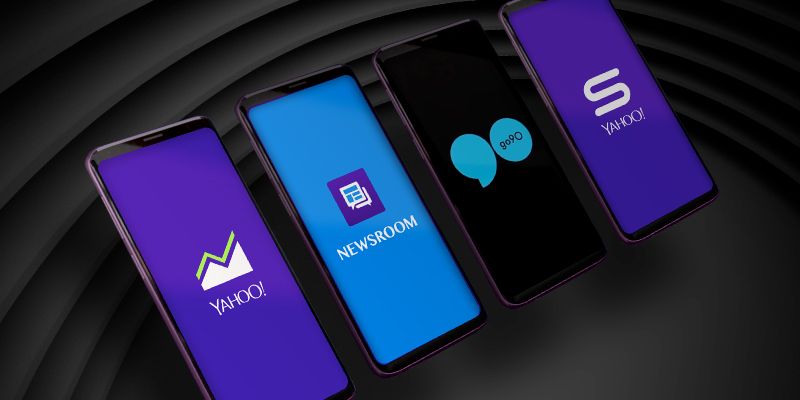
You know what my $800 smartphone is missing? Sponsored content and ads that are accessible with a hardware button. No one has ever actually said that and meant it, but that's what Samsung owners could be getting very soon. Verizon's Oath, which includes Yahoo and AOL properties, has announced a deal with Samsung to integrate its content and "native ads" into Bixby Home and pre-load more bloatware apps. As if you didn't already have enough reason to disable Bixby.

Nest announced a long-awaited temperature sensor add-on for its thermostats several months ago, but it's only been available for pre-order thus far. Some of those early orders shipped, but it's now officially available and the app is ready for it. You can pick up the sensor on Nest's store or from the Google Store.
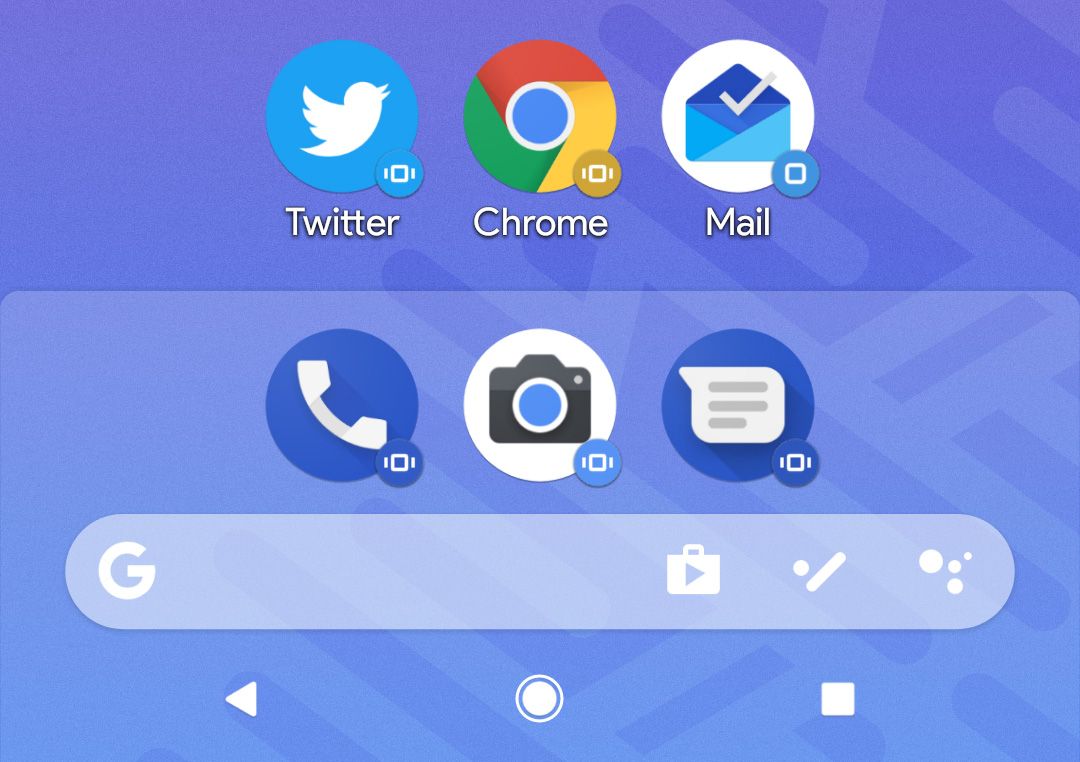
A new version of Action Launcher is rolling out today, and it gives you a little hint of Android P without installing the dev preview. Oh, there are other things, too. How about an enhanced app drawer with folders? It's got that. Folder sorting? Yep. Free money? Okay, not that, but it's still pretty good.
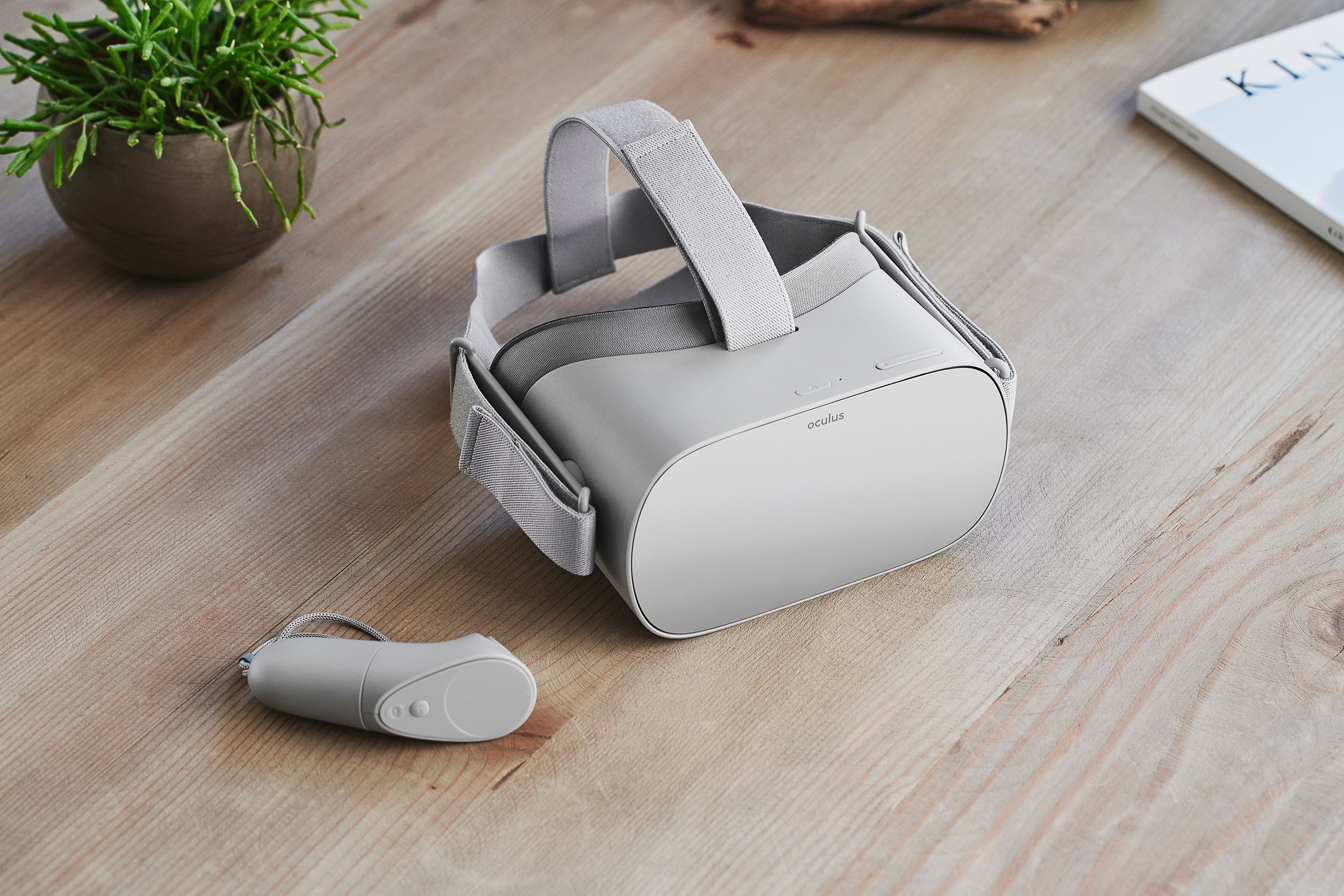
All the VR headsets we've seen up to this point require some other device to do all the heavy lifting. With Oculus and Vive, it's a gaming PC. With GearVR and Daydream, it's a smartphone. The Oculus Go is a fully standalone VR headset, and it can be yours today for $199.The hardware looks like a slimmed down version of the PC-based Oculus headset. Oculus Go plugs into the same content ecosystem as GearVR, and it does run Android behind the scenes. Oculus/Facebook stresses that there are already 1,000 titles available for the Oculus Go, many of which are games. The Snapdragon 821 SoC should be plenty powerful to run all those games, too.[EMBED_YT]https://youtu.be/ZAEl0WM5K5o[/EMBED_YT]The Oculus Go will not use an OLED panel like many VR headsets. Instead, it has a 2560x1440 fast-switch LCD. Most VR systems use OLED because you need the fast refresh rate for VR, but this LCD can supposedly keep up. Plus, it won't have a pentile matrix, which reduces the "screen door" effect.[EMBED_YT]https://youtu.be/B4Gd_m7h1uQ[/EMBED_YT]The Oculus Go is available today for $199 with 32GB of storage. If you want more, a 64GB version is available for $249. It's in stock on Amazon, the Oculus store, Best Buy, and more.Source: Facebook, Oculus
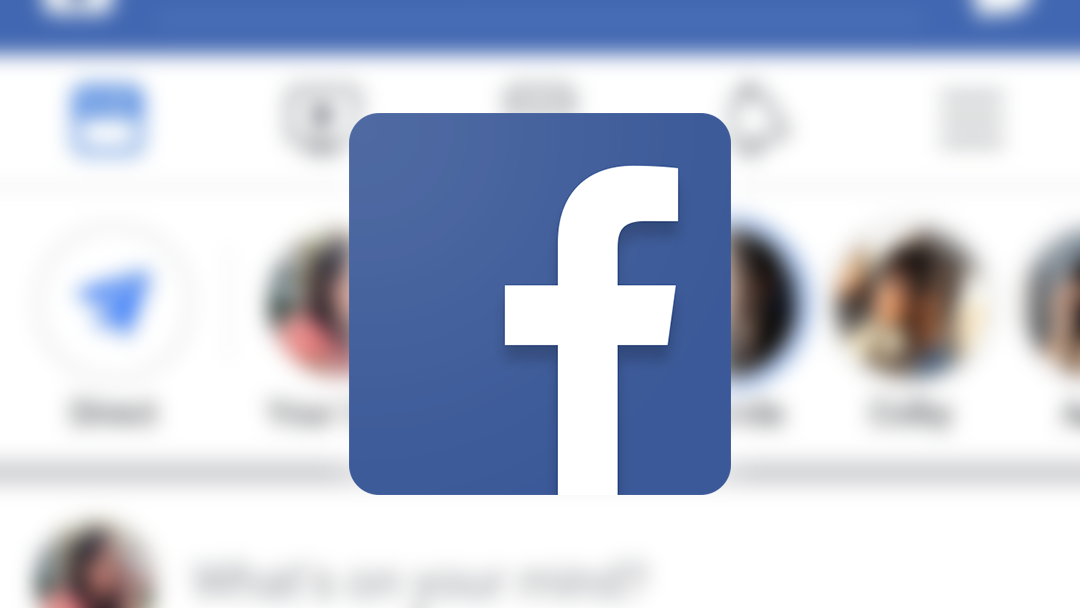
Facebook has been roundly criticized in recent weeks for the way it handles user data, including allowing said user data to fall into the hands of political consultancy Cambridge Analytica. Facebook aims to address your concerns at this year's F8 conference. The company is announcing several privacy-oriented features including Clear History. It's not ready yet, but Facebook says this tool will show you where it's getting personal information on you and allow you to delete it.
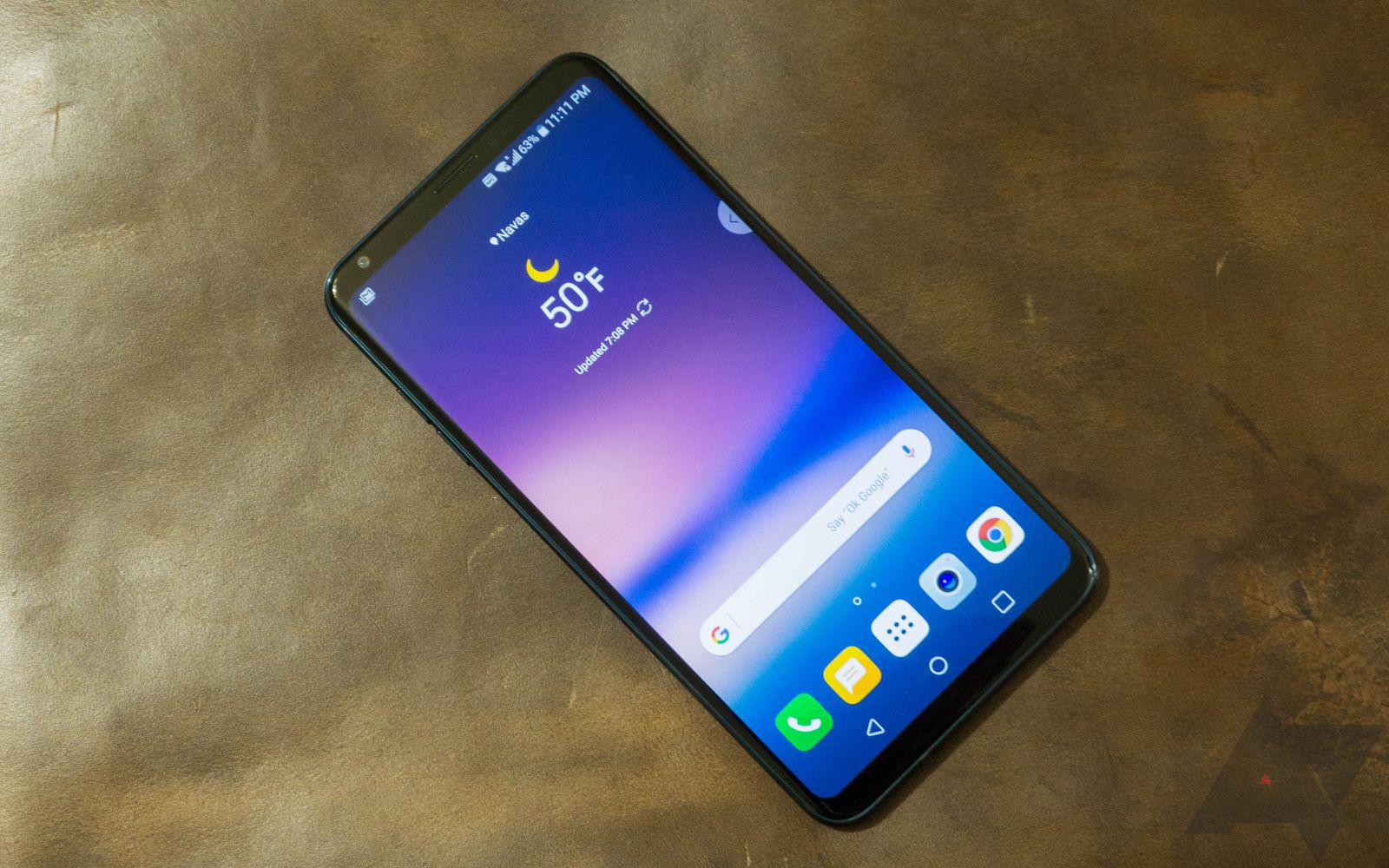
Read update
LG announced a new version of the V30 at Mobile World Congress this year called the V30S ThinQ. At the time, it wouldn't commit to launching the phone in the US. Now, pre-orders for the North American V30S ThinQ are live, and the price tag is bordering on insulting. The B&H product page lists this phone at $929.99. Yikes.

